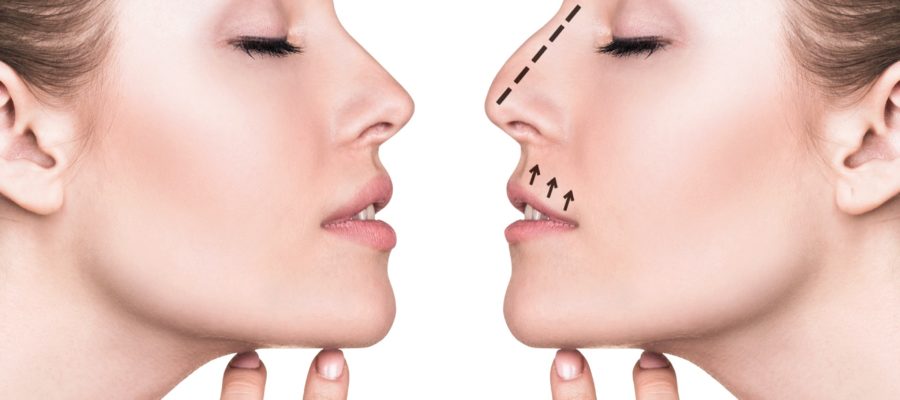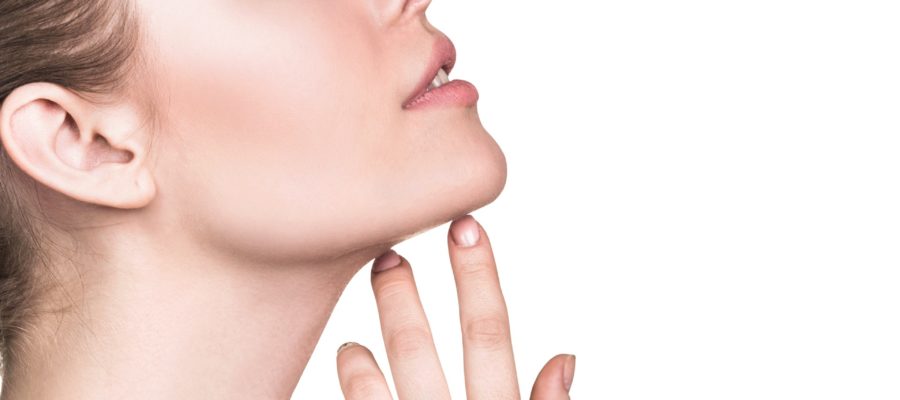-
Duration
80-120 min -
Anaesthesia
General -
Hospitalization
1 night -
Return to society
14 giorni
The nose is a key element in determining the aesthetics of the face. Rhinoplasty aims to model and improve the aesthetic appearance of the nose. This surgery is complex and includes more than 40 procedures able to reshape the cartilaginous and bony structure. These procedures could be summarized as follows:
- Reshaping and reorientation of the nose tip
- Reshaping of the nostrils
- Correction of asymmetries and defects of the cartilage skeleton
- Correction of asymmetries and defects of the bony skeleton
This surgery is able to modify deeply the appearance of the face. Therefore, the procedure should be accurately discussed and planned with the patient, in order to state realistic goals.
This planning should take in account some features of the nose that can greatly influence the effectivity of rhinoplasty: the quality of the skin and the bony skeleton. A very thick skin could limit the possibilities of remodeling, as well as an exuberant bony skeleton could not be entirely corrected.
The interview aims to understand the needs and desires of the patient, while showing realistic goals of treatment. A digital simulation of the result is displayed to the patient. This step is extremely important because it allows the patient to understand clearly the aesthetic result and eventually discuss his/her preferences.
Rhinoplasty could be performed through small incisions in the nostrils (closed rhinoplasty) or through an incision made inside the nostrils and through the columella that allows the surgeon to expose entirely the cartilaginous skeleton of the nose (open rhinoplasty).
The choice among these techniques is technical and is performed according to the operational needs.
The nose is functionally important because it actively regulates the air-flow with septum and turbinates. The aesthetic of the nose is often influenced by the conformation of these elements.
CT and rhinomanometry are important exams, necessary to investigate these structures and essential to plan an appropriate surgery in addition to normal routine tests.
In case of congenital or acquired septal deviation, a septoplasty should be performed during the same procedure. In case of turbinate hypertrophy, turbinoplasty should be kept in consideration.
Symptoms like recurrent allergic rhinitis, breathing difficulties and feeling of numbness could represent a valid indication to surgery. In these cases, a septum-turbinoplasty could be associated (rhinoseptoplasty) or performed alone if the patient prefers not to change the appearance of the nose.
One night of hospitalization is usually required. In the postoperative nasal splinting and packing are applied. This consists in the placement of intranasal sponges that prevent bleeding and swelling. Nasal packing is removed 1-3 days after surgery, while splint should be kept in site for 14 days.
Bruises around the eyes are extremely common and may persist for several months (usually 1-6 months).
Swelling is variable for each patient and usually regresses within 3-6 months. The final result is visible at least 6 months after surgery.
Rhinoplasty on a nose that already underwent surgery is more complex, requires a different planning and technique. Often cartilage grafts are employed to correct secondary nasal deformities. The graft is harvested from septum, ears or thorax depending on the operating needs. Interview and photographs are extremely important to understand the morphological evolution of the nose and patient’s desires.



